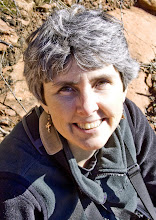Diego is a Galapagos Tortoise at the Charles Darwin Research Center in Puerto Ayora on the island of Santa Cruz in the Galapagos, Ecuador. The Galapagos Tortoise is the world's largest tortoise and lives only on the Galapagos (and in zoos). Initially numbering over 200,000 when the islands were "discovered" by traders and pirates, they are now endangered and some of the sub-species are extinct. Sailors from passing ships would take the tortoises to use as food. Tortoises could survive for up to a year without food or water, so they were stacked in the hold of the ship to be used as needed for food. Another reason for the decline in their numbers is the introduction of non-native animals which steal and eat their eggs.
The Darwin center has a breeding program in an attempt to increase the success of turtles hatching from eggs. The baby turtles are then re-introduced to the islands where they belong. "Lonesome George" the most famous of the Galapagos tortoises, is the last of the tortoises from Pinto Island showed no inclination to reproduce. Diego was one of the 15 remaining tortoises from Espanola and was located at the San Diego zoo. He was brought in to service female tortoises-- and has single handedly contributed to ensuring that the Espanola tortoises will not become extinct.
This photo is an infrared photo taken with my IR converted Nikon D70, f 4.5, 1/125 sec, 105 mm. The lighting was challenging because it was early morning and foggy.
